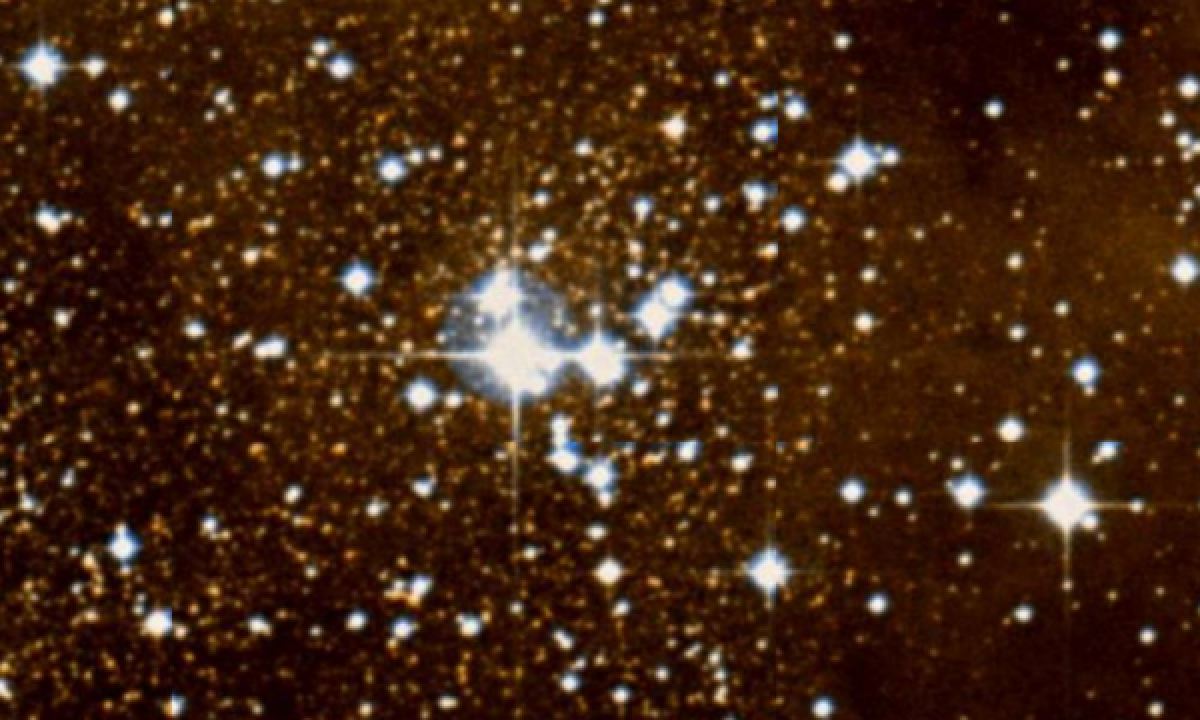The New General Catalogue of Nebulae and Clusters of Stars (abbreviated as NGC) is a catalogue of deep-sky objects compiled by John Louis Emil Dreyer in 1888. The NGC contains 7,840 objects, known as the NGC objects. It is one of the largest comprehensive catalogues, as it includes all types of deep space objects, including galaxies, star clusters, emission nebulae and absorption nebulae.
Know more about NGC
NGC 6604

NGC 6604 is a young open cluster of stars in the equatorial constellation of Serpens, positioned about 1.5° north of the Eagle Nebula (NGC 6611). The cluster was discovered by William Herschel on July 15, 1784. It is located at a distance of 4,580 light years from the Sun, about 210 ly (65 pc) above the galactic plane. NGC 6604 forms the densest part of the Ser OB2 association of co-moving stars. This cluster is fairly compact with a Trumpler class of I3p, and is still undergoing star formation. It lies at the heart of an H II region with the identifier S54, and the two are most likely linked. The cluster has an estimated age of 6.5 million years and contains several massive stars of the OB type. One of these is the high mass triple star system HD 167971, which includes the over-contact eclipsing binary MY Ser. It is one of the most luminous stars in the galaxy. HD 168112 is another colliding-wind binary in the cluster; both systems are over-luminous in their X-ray emission.
More Images:

Sources:
Wikipedia Page: NGC 6604
NGC 6604 at In-The-Sky website
